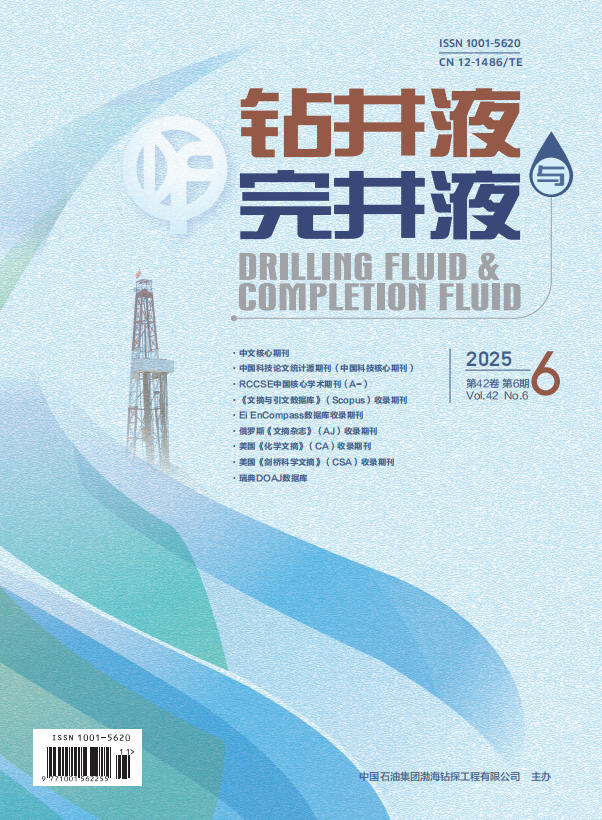Abstract:
With more and more exploration performed in northwest China, environmental protection policy is becoming more rigorous. Conventional techniques are not able to treat waste muds to have acceptable contamination and damage levels. Xinjiang is rich in salinealkaline lands which can be used as waste mud disposal places. Three ecological additives, JH1, JH2 and JH3 have been developed from natural materials, and an ecological drilling fluid, JH has been formulated with the three additives. The rheology, resistance to contamination, lubricity, inhibitive capacity and environmental friendliness of the JH mud were systematically evaluated. The evaluation results showed that JH had good rheological property at 120℃, API filter loss of 3.4 mL, percent recovery of shale cuttings of 72.6% on hot rolling test, linear rate of expansion of 11.54%, friction coefficient of 0.1058, and good resistance to contamination. These data indicate that JH is able to satisfy the general requirements of drilling operation. The ecological data of JH are as follows:EC50=89 600 mg/kg, BOD5/CODCr=25.9%. JH is easy to biologically degrade. Heavy metal content of JH is low, satisfying the national discharge standards. The JH mud, after neutralization with organic acids, can be used to improve the quality of soil with great efficiency; a piece of saline-alkaline land was treated with the disposed waste JH mud, the saline content of the soil was reduced by 54.3%, pH of the soil restored to 6.85, organic matter content of the soil increased by 49.7%, and N, P, K contents in the soil were increased by a percentage between 59.25% and 113.82%, respectively.



